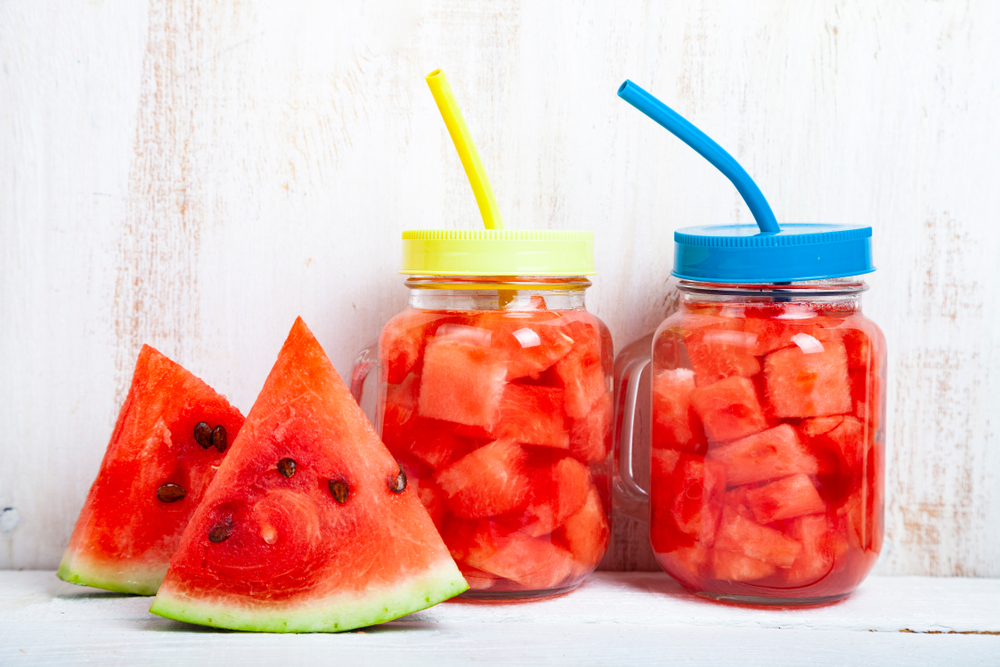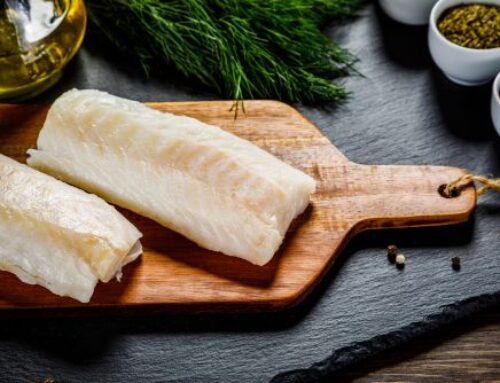Seven Healthy Weight Loss Foods to try this Summer!
Losing weight safely takes a realistic approach. This includes changing eating habits and plenty of exercise and most important a positive mindset. A lifestyle based on healthy eating and regular physical activity can help you look and feel better. These top seven weight loss foods do double duty when it comes to losing weight and keeping if off and being important in maintaining a healthy lifestyle. Here’s why: all provide some combination of the elements your body needs to run properly. These foods nourish and support the cells, boost the immune system, help detoxify and eliminate the bad stuff your body doesn’t need and they help the body perform its metabolic duties.
My list only consists of seven, but there are so many healthy foods out there.
Watermelon. Acting as a natural diuretic, watermelon can help reduce water retention in tissues. One cup of diced watermelon is about 90% water, and contains 50 calories. 44 of these calories do come from sugar (this is a natural, healthy fruit sugar). Along with water and sugar, watermelon contains vitamin C and the phytochemical lycopene, one of our colorful disease preventing cartenoids. In addition, watermelon consumption increases free arginine and citrulline, which can help maintain blood flow and heart health. When it comes to nutrition, melons are number one for health and beauty.
Ginger. Traditionally used as a digestive aid. It was the Alka-Seltzer of the Roman Empire. It helps you lose weight by burning calories. In many cultures ginger was given as a digestive aid with meals. Ginger is known to neutralize the stomach acids that cause nausea, diarrhea, cramping and control inflammation. But in a recent cell study at the University of Michigan ginger powder (similar to what is sold at grocery stores, only a standardized research grade) caused ovarian cancer cells to die.
Protein (chicken, turkey, fish, nuts, seeds). Protein contains the building blocks that your body uses to make hormones and enzymes, but most important, protein repairs cells. Protein is vital to our survival. It affects insulin’s opposite hormone, glucagons – the fat burning hormone. It’s important to know how much protein you need. There’s no absolute answer for how many grams of protein a woman should get each day – it depends on your weight, your activity level. Protein is important, but how much is needed is still not truly known. Most nutritionist state to figure out your protein needs divide your weight by 2.
Salmon and Sardines. Two of the best sources of omega-3 fats. Omega-3s have a positive affect on heart rhythm. Both contain high amounts of protein and coenzyme
Q-10, which is a powerful antioxidant, plus they are rich in dimethylaminoethanol (DMAE). Dimethylaminoethanol is a naturally occurring nutritional compound found in some fish. It’s also present in small amounts in the human brain and is known to improve the skin texture and elasticity, and evens out skin tone.
Kale. High in fiber, this green queen helps create the bulk you need to fill you up and to keep you full for a good amount of time. With a combination of minerals, vitamins, and phytonutrients, kale is a dieter’s dream food packed with the highest antioxidant capacity. Don’t forget, kale’s a member of the cruciferous family, along with broccoli, brussels sprouts, cabbage, cauliflower, and collard greens. Green is the word!
Flaxseeds. Are very high in fiber and this helps to keep weight down in several ways: first, high-fiber foods have what’s called low energy density, which means fewer calories relative to the total weight of the food. Flax helps to stabilize blood sugar levels, which makes the energy we get from eating last longer and prevents the “munchies.” Secondly, flax contains high levels of the “good” kind of fat-polyunsaturated fats. Polyunsaturated fats are an essential part of our diet, and should not be cut out. Consuming the proper amount of polyunsaturated fat, as found in flaxseed, can help to give us that “full and satisfying” feeling without the harm of saturated fats, and thereby help us to maintain a healthy diet.
Peppers. Both sweet and hot peppers contain substances that have been shown to increase the body’s heat production and oxygen consumption for about 20 minutes after eating; this means your body is burning extra calories, which helps weight loss. Besides being rich in phytonutrients, peppers provide a decent amount of fiber and the really good news is all peppers are rich in vitamins A, C, and K, but red peppers are simply bursting with them. Antioxidant vitamins A and C help to prevent cell damage, diseases related to aging, and they support immune function. Vitamin K promotes proper blood clotting, strengthens bones, and helps protect cells from oxidative damage.
In the end it’s really about making the right decision to change what you are eating, self-regulating energy balance, thereby promoting/maintaining a healthy body weight. Keeping these tips in mind will help you feel better. It’s not about dieting, it’s about eating right!
Aromatherapy Thymes magazine at barnesandnoble.com





Leave A Comment